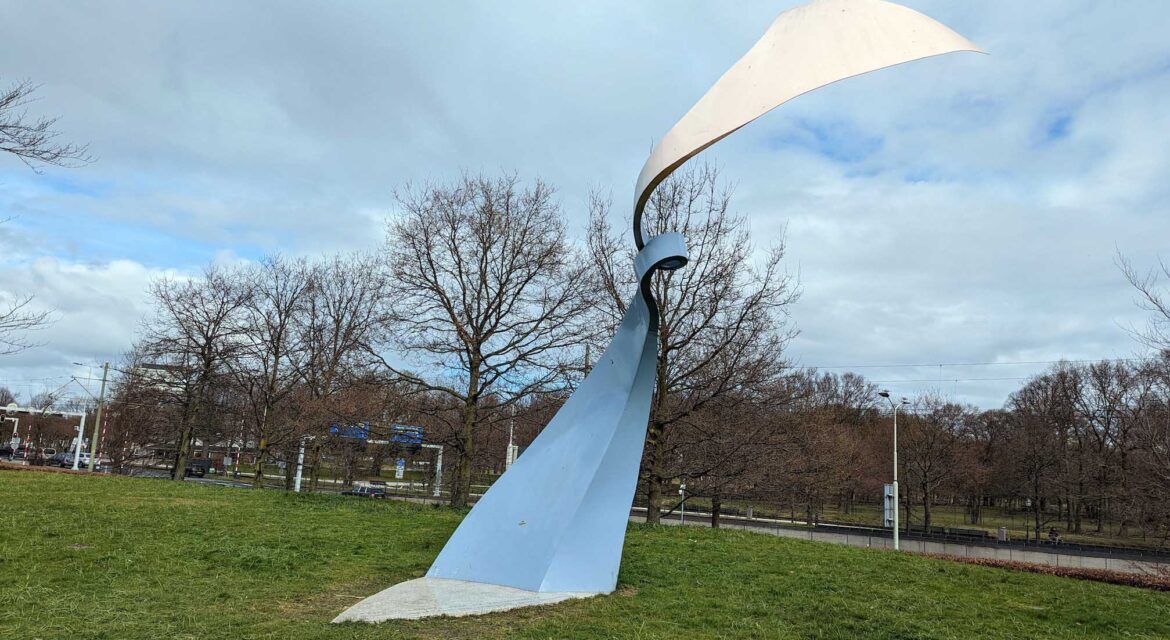 Created as a symbol against oppression and persecution of lesbians and gay men anywhere in the world, the Gay Rights Monument resides near the historical city center of The Hague in the Netherlands. Also referred to as the International Homomonument, the monument has become a symbol for a community as well as a place for audiences of all types to connect with one another.
Created as a symbol against oppression and persecution of lesbians and gay men anywhere in the world, the Gay Rights Monument resides near the historical city center of The Hague in the Netherlands. Also referred to as the International Homomonument, the monument has become a symbol for a community as well as a place for audiences of all types to connect with one another.
Unveiled in 1993, plans for the monument began in 1985 with the commission for the piece eventually being awarded to Theo ten Have. He designed the shape and colors to be symbolic of a self-conscious gay life. He mentioned that the more open the living environment and the more freely people can develop in a given place, the more included members of the gay community can feel as part of that society.

 The blue in the monument stands for awareness, pink reflects an effort to fight for liberation while the green represents the color of society. The knots represent the conflicts across the eras that individuals have had to ensure on account of their orientation. That knot is purposefully the crux of the piece, which opens up on both sides.
The blue in the monument stands for awareness, pink reflects an effort to fight for liberation while the green represents the color of society. The knots represent the conflicts across the eras that individuals have had to ensure on account of their orientation. That knot is purposefully the crux of the piece, which opens up on both sides.
At the base of the monument is a line from a poem by the Dutch poet Ida Gerhardt that translates as, “Where friendship is open like the sunlight, we were given a profound happiness.”
In its current location, the Gay Rights Monument facilitates events and activities in an incredibly powerful manner. Cultivating further connection with the gay community and audiences from all over the world, the monument showcases what it can mean for a landmark to both represent and connect a community in ways that resonate on multiple levels.

